When we finally finished moving into our new house, one of our first objectives was to start growing food. Florida’s summers are so hot that most people grow typical summer crops like greens, broccoli, spinach and cabbage in the winter. Our location in central Florida only gets one or two nights of freezing weather each year, so greens in grow boxes were something we could start with and hopefully, see something edible not too long after.
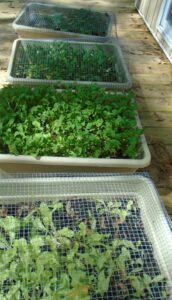
I had been keeping seeds for many years in dry containers in my refrigerator, but I didn’t know how many, if any would actually sprout. Some of the seeds I had were about 4-5 years old. I’m sure there are people reading this, shaking their heads about the possibility of getting any greens from these old seeds. Nevertheless, I planted some lettuce, spinach, mesclun (mixed salad greens), arugula, tomatoes, and green onions. I thought there was a possibility of birds trying to eat the seeds, so I put a cover of hardware cloth with ½ inch (about 1 cm) openings over each grow box.
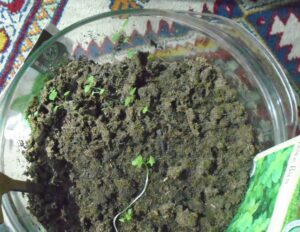
My daughter had given me herb seeds to plant and seeds for one of my favorite flowering plants, geraniums. These had already sprouted, so I got a few planter boxes to transplant those into.
Within a few weeks, the seeds that were going to sprout had done so and I watched as my green friends started growing! We also started getting regular rain and it wasn’t long before the reservoirs under each box were sloshing around and making the boxes really heavy. I had purchased container garden soil with plant nutrients already mixed in, so I didn’t want to just dump out the extra water.
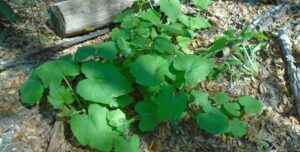
Each box has a small opening on the side that is normally used to add water, but given the circumstances, I used this same outlet to get water out of the reservoir and into a shallow pan. This was then poured into my watering can and used for my fruit trees and the squash that volunteered to grow from the compost we had buried earlier.

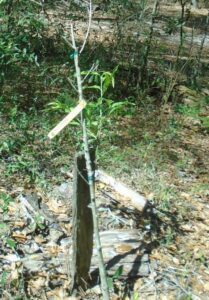
Unfortunately, the planter boxes I bought for the geranium and herb sprouts did not have holes in them and soon were flooded on a regular basis. I tried to dump out the excess water many times, but the sprouts didn’t survive. I added that dirt to my supply of potting soil and had my husband drill some drainage holes in those planters before anything else went into them.
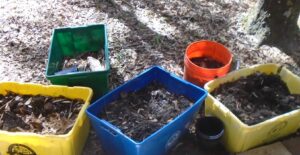
Florida is basically a giant sand bar, and the soil in my area has a high percentage of sand mixed with other organic materials. In order to build up the humus or organic matter in my garden dirt, I have been burying organic plant waste (coffee grounds, rotted lettuce, onion peels, banana peels, watermelon rinds, corn husks, and anything else of a similar nature) in holes in my garden. When we bought winter squash or pumpkins, the seeds for these would also go into the compost holes.
In previous years, we have seen squash, tomatoes and green peppers come up. This year, the squash really started growing! Now that we lived close to the garden, it would be interesting to see if these squash plants would yield anything we could eat. Obviously, they also got some of the excess water from the grow boxes.
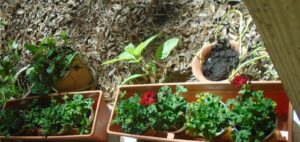
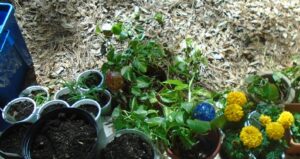
Feeling rather happy about my success with these old seed packets, I decided to try sprouting a number of other seeds that I had. I used some plastic yogurt containers, with small holes drilled in the bottom to drain excess water. The seeds that sprouted included lima beans, bush beans, onions, celery and tomatoes. I was excited to have all of these vegetables growing on my deck! I also bought some geranium and marigold plants for the planters to replace the sprouts that had been flooded out.
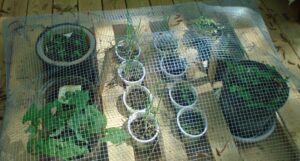
That was on a Sunday. By Monday afternoon, the squirrels in the trees around my house had discovered my newly planted geraniums and marigolds and thought the sprouts would be fun to dig around in also. One squirrel even took a liking to the leaves of my gloxinia, a plant with furry leaves that will annually bloom with pinkish-purple flowers. I have had this plant and two Norfolk pine trees for over twenty years, so I was quite upset to find a squirrel ripping the leaves off just as the plant was starting to flower.
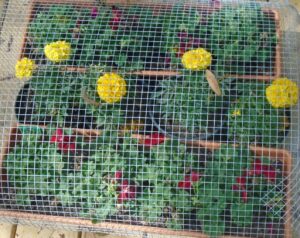
To stop the squirrels from damaging my plants, I created hardware cloth covers for the plants in the planter and my gloxinia. For the sprouting vegetables, I took a pallet and put the containers of sprouts in the spaces between the boards and got my husband to help me create a cover for the entire pallet. This definitely worked! The squirrels were unable to get to the plants and they all continued to grow!

Nice pictures! Love seeing everything growing and well done on barring the pests.
Yes, I do to!